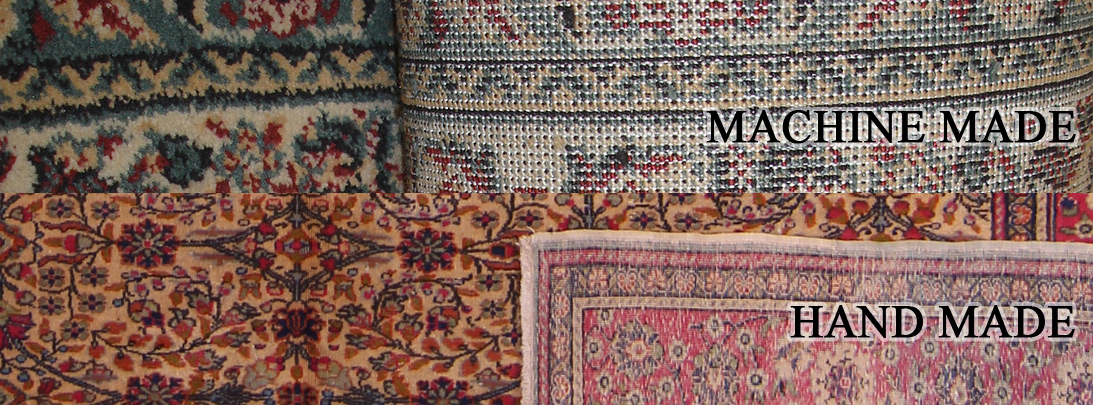Handmade carpets and handwoven carpets are not same
Handmade carpets practically define carpets made by hand instead of electrically powered looms. But here is the catch; some of them not so handmade. The thing is words are manipulated to meet with different purposes. Because real traditional carpets made in looms like the one in the picture, but some manufacturers find an easier solution: sewing wool to […]
Handmade carpets and handwoven carpets are not same Read More »
